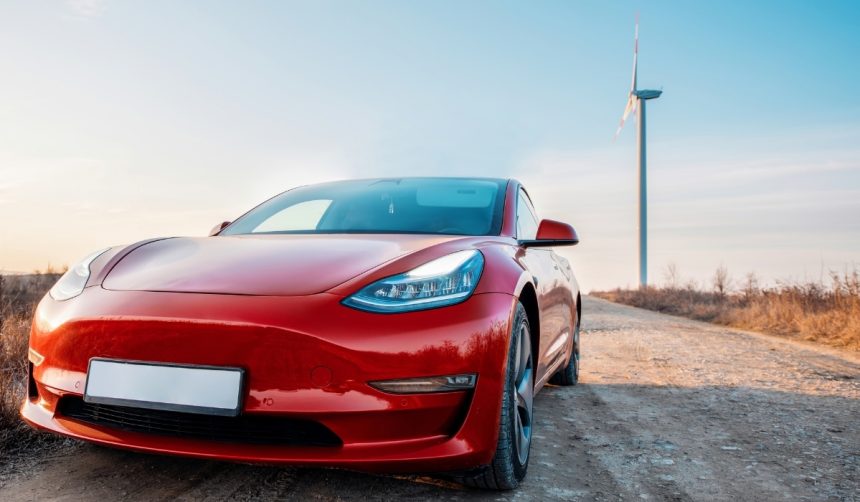Tesla faces a shifting landscape as evolving U.S. policies introduce new uncertainties for the electric vehicle sector. Market watchers are closely observing Tesla’s sustainability not only in sales, but also in its reliance on regulatory incentives. A combination of legislative proposals and industry trends is shaping projections for Tesla’s revenue streams, with attention on both its core electric vehicle business and the potential growth of its Full Self-Driving initiatives. Concerns about regulatory change have not stalled analyst optimism, yet lingering volatility in Tesla’s stock price continues to influence investor sentiment.
Earlier reports following proposed changes from the Trump administration indicated heightened anxiety about the durability of Tesla’s revenue from regulatory credits. Analysts and investors previously speculated that a prompt removal of credits and incentives would impact Tesla’s short-term financial health more significantly. However, accumulated data from past quarters suggested that Tesla has weathered policy fluctuations by rapidly diversifying its revenue sources and adapting to shifting market requirements. Recent figures demonstrate that regulatory credits remain a substantial, but not singular, contributor to Tesla’s profits, which continues to shape forecasts and strategic outlook.
Will Tesla Maintain Its ZEV Credit Earnings?
Tesla is expected to generate approximately $3 billion in zero-emission vehicle (ZEV) credits by the end of 2025, according to Piper Sandler analyst Alex Potter. These projections are maintained even as the company faces potential policy reversals from the current U.S. administration. Last year, regulatory credits accounted for nearly the full amount of Tesla’s free cash flow, underscoring their importance within Tesla’s financial structure. Potter believes the effect of any regulatory changes will unfold gradually, leaving this year’s forecast largely intact.
How Could Federal Incentives Shift?
Proposals from the Trump administration target a rollback of federal EV incentives, such as ending the $7,500 tax credit by September 2025 and amending CAFE standards for automakers. These policy shifts could influence overall electric vehicle demand and the relative competitiveness of manufacturers like Tesla, but immediate impacts on Tesla’s regulatory credit income are not anticipated. Potter suggests Tesla’s earnings from credits will reach $2.3 billion in 2026, reflecting only a partial reduction.
Are Robotaxi and FSD Developments Offsetting Risks?
Beyond regulatory credits, development of Tesla’s Full Self-Driving (FSD) program and movement toward launching Robotaxi services in regions like Phoenix, Austin, and the Bay Area offer alternative growth drivers. The expansion of these high-profile projects is cited as a significant offset to any adverse effects arising from policy actions.
“In our view, these favorable FSD-related developments are likely to overshadow any/all negative commentary arising from lower 2025/2026 estimates,”
Potter asserted in his analysis.
Market outlook on Tesla remains bullish, as demonstrated by Piper Sandler’s reiteration of a $400 per share price target and an “Overweight” rating for TSLA stock. Nevertheless, the inherent volatility in Tesla’s stock pricing is emphasized, indicating that significant share price movements can occur without substantive operational shifts. The potential intersection of policy change, regulatory incentives, and technological innovation continues to generate debate on Tesla’s long-term valuation and growth trajectory.
Investor concerns about regulatory headwinds appear balanced by optimism for Tesla’s developmental initiatives and operational expansion, particularly in autonomous mobility. The evolving policy environment is prompting stakeholders to evaluate the priority of regulatory credits against broader commercial strategies. For readers monitoring electric vehicle incentives and Tesla’s competitive position, it is useful to track both legislative proposals and project milestones such as FSD rollouts. Evaluating Tesla’s dependency on regulatory credits as well as its avenues for technological advancement provides a nuanced view of its future prospects within a dynamic automotive landscape.










